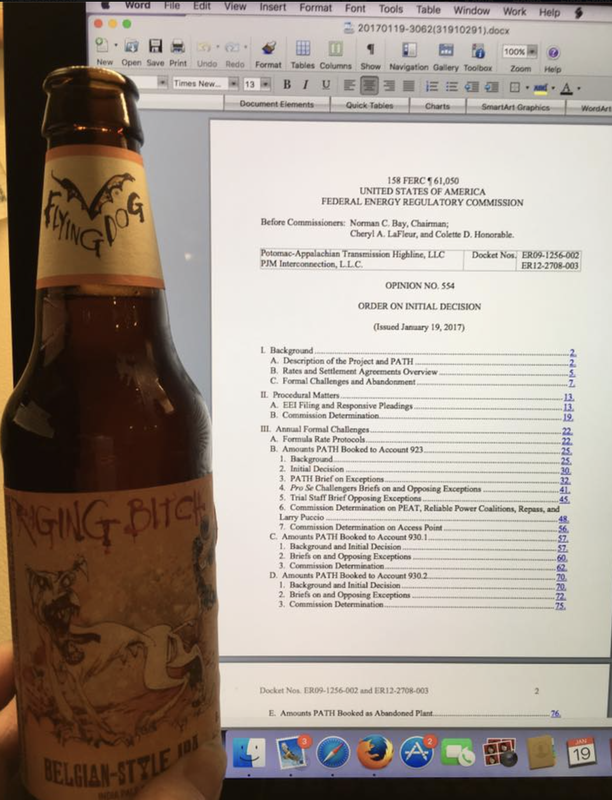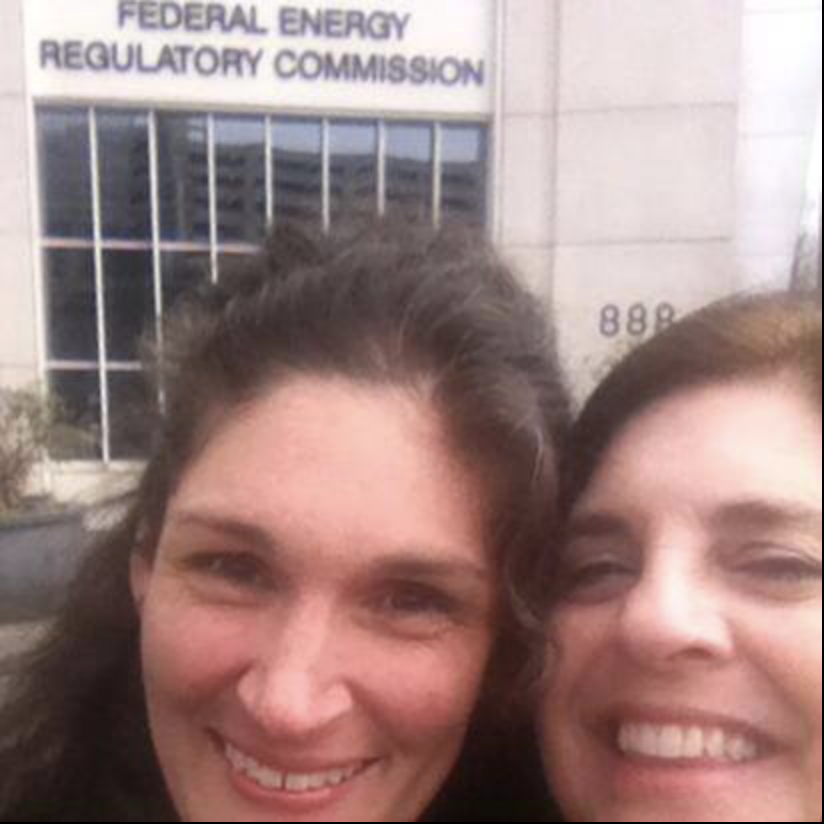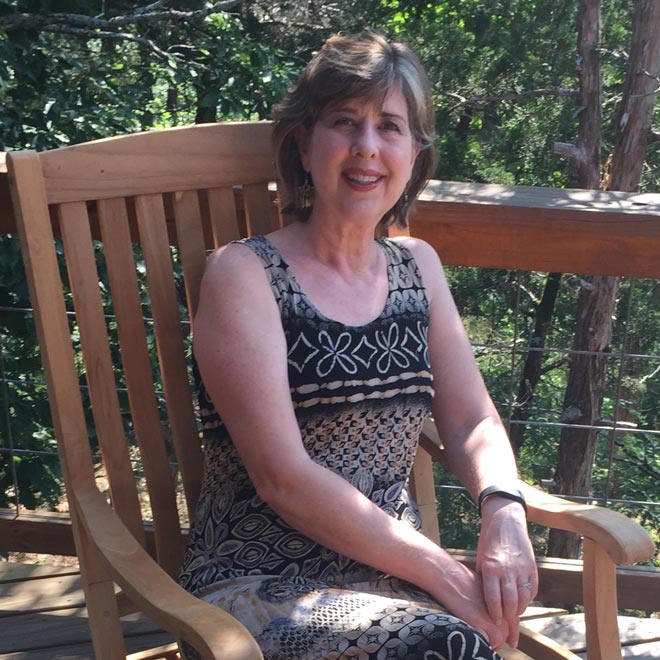Now, nearly 6 years later, the Federal Energy Regulatory Commission has confirmed our contentions that PATH should not have collected from ratepayers the costs of its reliable power coalitions (West Virginians for Reliable Power, Marylanders for Reliable Power and Virginians for Reliable Energy), its PATH Education Awareness Team (or "PEAT"), its memberships in civic and social groups, its lobbying for release of a conservation easement in Loudoun County, Virginia, its hiring of a well-connected lobbyist in West Virginia, its cost of public opinion polling and focus groups in West Virginia, Virginia and Maryland, and the cost of all of PATH's television, radio and print advertising promoting its project in all three states. The Commission has ordered PATH to refund these costs (plus unearned return and interest) to millions of ratepayers in PJM's 13-state region.
And we're still friends. Never once did we consider giving up or splitting our team. No matter how heavy the burden, we kept our eyes on the prize.
Opinion No. 554
We appreciate the Commission's order, and our overall experience at FERC. In an era where the agency has been kicked around by protestors and the media, we can honestly say that we were treated well by FERC staff, judges, and commissioners. We never felt dismissed or marginalized. We felt that our concerns were heard.
We wouldn't change a thing.




 RSS Feed
RSS Feed